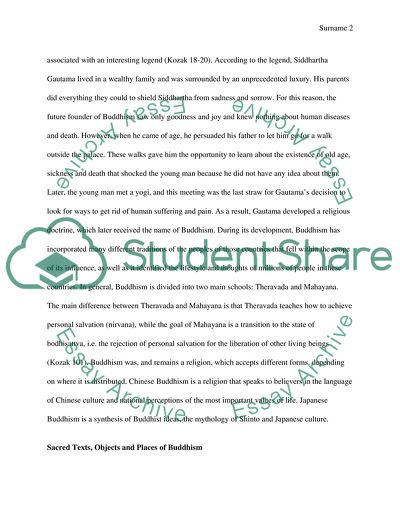Cite this document
(The Basic Concept of Buddhism Literature review Example | Topics and Well Written Essays - 1500 words, n.d.)
The Basic Concept of Buddhism Literature review Example | Topics and Well Written Essays - 1500 words. https://studentshare.org/religion-and-theology/1856817-eastern-religon
The Basic Concept of Buddhism Literature review Example | Topics and Well Written Essays - 1500 words. https://studentshare.org/religion-and-theology/1856817-eastern-religon
(The Basic Concept of Buddhism Literature Review Example | Topics and Well Written Essays - 1500 Words)
The Basic Concept of Buddhism Literature Review Example | Topics and Well Written Essays - 1500 Words. https://studentshare.org/religion-and-theology/1856817-eastern-religon.
The Basic Concept of Buddhism Literature Review Example | Topics and Well Written Essays - 1500 Words. https://studentshare.org/religion-and-theology/1856817-eastern-religon.
“The Basic Concept of Buddhism Literature Review Example | Topics and Well Written Essays - 1500 Words”. https://studentshare.org/religion-and-theology/1856817-eastern-religon.


